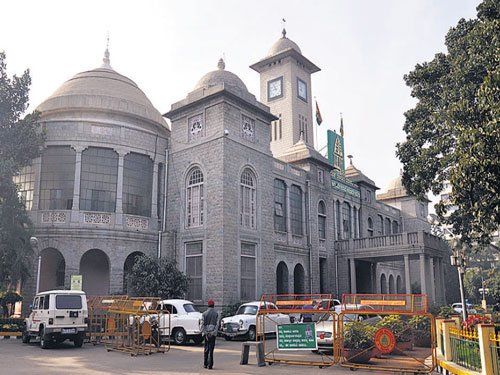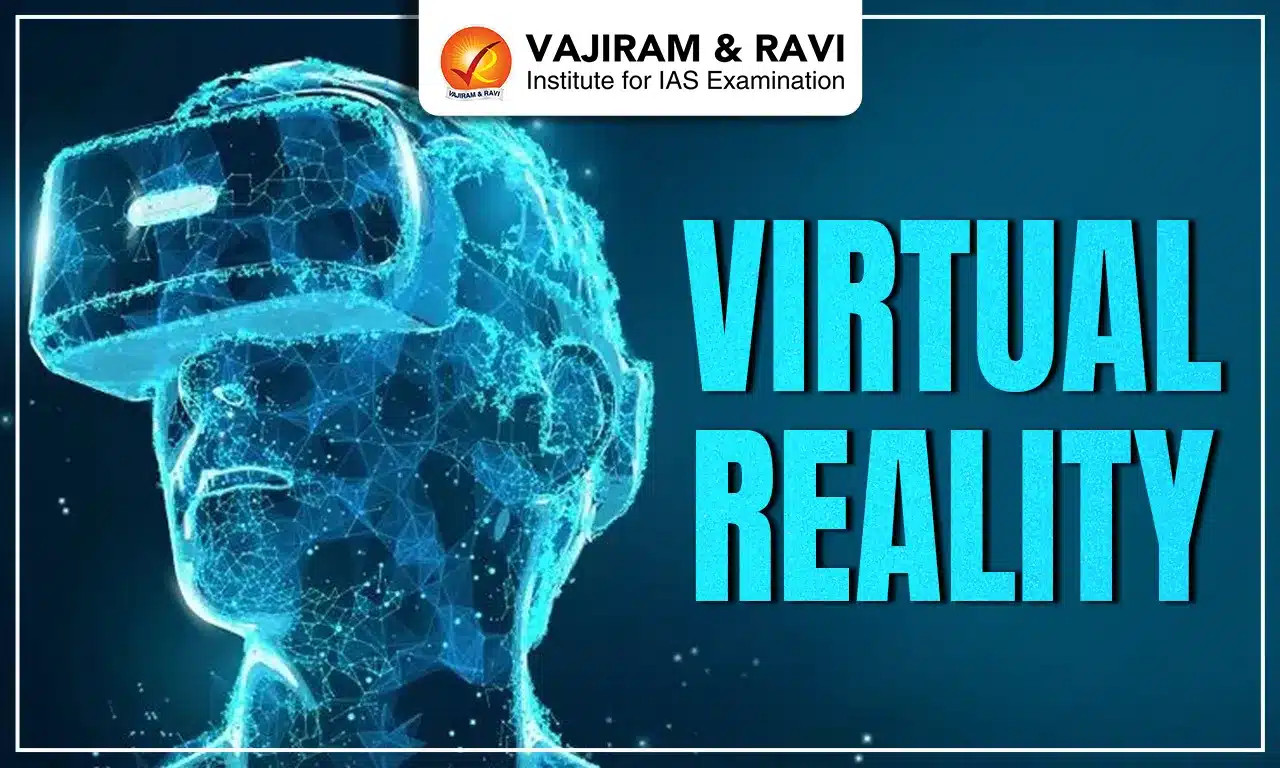What is the historical background of Urban Local Bodies (ULBs) in India?
- Ancient times: The concept of urban local bodies in India has a long history dating back to ancient times. In ancient India, cities were often governed by councils or committees of local citizens responsible for maintaining order, regulating trade, and providing public services such as water and waste management.
- British Era: During the colonial period, the British introduced a system of local self-government in India, in which urban areas were governed by elected municipal councils. The first municipal corporation in India was established in Madras (now Chennai) in 1688.
- Post Independence: After independence, the Indian government continued the system of local self-government, but with some changes. Later, the Constitution of India, through an amendment (74th Amendment 1992), recognized urban local bodies as a tier of government and provided for their establishment and functioning through laws enacted by the state governments.
- Performing different functions: Today, urban local bodies in India are responsible for various functions, including planning and development, solid waste management, water supply, and transportation. They play a crucial role in the development and growth of urban areas and in improving the quality of life for citizens.
What is the present structure of Urban Local Governance in India?
Under the Indian structure of urban local governance, there are various types of urban local bodies (ULBs) as described below:
- Municipal Corporations: These are the largest ULBs, responsible for managing the affairs of metropolitan cities with a population of over one million. They are governed by a Mayor-in-Council system, with a Mayor as the head and a Deputy Mayor to assist him/her.
- Municipal Councils: These are intermediate ULBs, responsible for managing the affairs of cities with a population of less than one million. They are governed by a President-in-Council system, with a President as the head and a Vice-President to assist him/her.
- Nagar Panchayats: These are smaller ULBs, responsible for managing the affairs of towns with a population of less than 100,000. They are governed by a Chairperson-in-Council system, with a Chairperson as the head and a Vice-Chairperson to assist him/her.
In addition to these four categories, there are also special-purpose ULBs, such as Port Trusts, Industrial Development Authorities, Townships and Cantonment Boards, that are responsible for specific urban development projects.
What are the constitutional and legal provisions related to ULBs in India?
In India, the Constitution of India and the statutory laws passed by the Parliament and the state legislatures regulate the functioning of urban local bodies (ULBs). These include
- Part IXA and 12th Schedule of theConstitution of India: This part of the Constitution deals with the "Municipalities". It lays down the provisions for the establishment and composition of municipalities at the district and metropolitan levels.
- The State Municipal Acts: Each state in India has its own Municipal Act, which provides the legal framework for the functioning of ULBs in that state. These acts specify the structure and composition of ULBs, powers and functions, and how they will be administered and financed.
- The Metro Railways (Construction of Works) Act, 1978: This Act provides for the construction and maintenance of rapid transit systems in metropolitan cities in India. It also provides for establishing a Metro Railways Administration to oversee the construction and operation of these systems.
Here is a table summarizing some of the important constitutional articles dealing with urban local bodies (ULBs) in India:
| Article | Description |
| Article 243-P | Composition of municipalities |
| Article 243-Q | Reservation of seats for scheduled castes and scheduled tribes in municipalities |
| Article 243-R | Duration of municipalities |
| Article 243-S | Dissolution of municipalities |
| Article 243-T | Powers, authority and responsibilities of municipalities |
| Article 243-U | Functions of municipalities |
| Article 243-V | Constitution of state finance commissions to review the financial position of municipalities |
What are the challenges faced by ULBs?
Urban local bodies (ULBs) in India face several challenges in performing their duties and functions effectively. Some of the major challenges faced by ULBs in India are:
- Limited financial resources: Due to the limited revenue-raising powers of ULBs, as well as the low levels of tax collection and revenue generation in many urban areas.
- Lack of autonomy: Limited autonomy of ULBs in decision-making and their dependence on the state governments for financial and administrative support can hinder their ability to respond effectively to the needs and demands of their citizens.
- Parallel Bodies: In some states, There is some ambiguity of the functional domain of ULBs and parastatal bodies, making municipal governance further remote and inaccessible for the citizens.
- Limited human resources: ULBs in India often suffer from a shortage of skilled and qualified personnel, which can affect their ability to effectively carry out their duties and functions.
- Poor infrastructure: Many ULBs in India face a shortage of infrastructure, such as roads, water supply, and sewage systems, which can limit their ability to provide basic services to their citizens.
- Political interference: ULBs in India are often subject to political interference, which can affect their independence and neutrality in decision-making.
- Limited public participation: ULBs in India often face a lack of public participation in decision-making processes, which can hinder their effectiveness and accountability.
- Lack of capacity: Many ULBs in India lack the capacity to effectively plan, implement and monitor development projects and programs. This can lead to inefficiencies and waste of resources.
How can ULBs be strengthened?
There are several steps that can be taken to strengthen urban local bodies in India:
- Decentralization of powers: Urban local bodies should be given greater autonomy and decision-making powers so that they can effectively address the needs of their citizens. This can include powers related to planning, financing, and delivering services.
- Improved financial management: Urban local bodies should be provided with adequate resources and financial support to deliver essential services to their citizens. This could include grants, loans, and other forms of financial assistance.
- Capacity building: Urban local bodies should be supported in building the necessary skills and knowledge to manage their affairs effectively. This could include training in financial management, planning, and service delivery.
- Improved transparency and accountability: Urban local bodies should be made more accountable to their citizens through transparency measures such as open data initiatives and citizen engagement platforms.
- Enhanced collaboration: Urban local bodies should work closely with other levels of government, as well as with civil society and the private sector, to effectively address the challenges facing their communities.
- Enhanced public participation: Engaging citizens in the decision-making process can help to ensure that ULBs are responsive to the needs and priorities of their communities. This can be achieved through the use of citizen advisory boards, town hall meetings, and other mechanisms for public input.
- Improved infrastructure and services:Investments in public transportation, water and sanitation, infrastructure and other essential services by providing ULBs with the resources and support can help to address some of the challenges faced by citizens and make urban areas more livable and attractive.
What are some of the successful ULBs in India?
There are several examples of successful urban local bodies (ULBs) in India:
- Ahmedabad Municipal Corporation: The Ahmedabad Municipal Corporation (AMC) has implemented several innovative initiatives to improve the quality of life for its citizens, including the Ahmedabad Janmarg Limited (AJL), a public-private partnership that operates a network of bus rapid transit corridors.
- Pune Municipal Corporation: The Pune Municipal Corporation (PMC) has been recognized for its effective waste management practices, including the implementation of a door-to-door waste collection system and the establishment of a waste segregation and processing facility.
- Surat Municipal Corporation: The Surat Municipal Corporation (SMC) has implemented various initiatives with the use of technology to track the progress of infrastructure projects and the establishment of a centralized control room to manage emergencies. The SMC has also developed a network of pedestrian-friendly streets and the establishment of a number of public parks.
Last updated on January, 2026
→ Check out the latest UPSC Syllabus 2026 here.
→ Join Vajiram & Ravi’s Interview Guidance Programme for expert help to crack your final UPSC stage.
→ UPSC Mains Result 2025 is now out.
→ UPSC Notification 2026 is scheduled to be released on January 14, 2026.
→ UPSC Calendar 2026 has been released.
→ UPSC Prelims 2026 will be conducted on 24th May, 2026 & UPSC Mains 2026 will be conducted on 21st August 2026.
→ The UPSC Selection Process is of 3 stages-Prelims, Mains and Interview.
→ Prepare effectively with Vajiram & Ravi’s UPSC Prelims Test Series 2026 featuring full-length mock tests, detailed solutions, and performance analysis.
→ Enroll in Vajiram & Ravi’s UPSC Mains Test Series 2026 for structured answer writing practice, expert evaluation, and exam-oriented feedback.
→ Join Vajiram & Ravi’s Best UPSC Mentorship Program for personalized guidance, strategy planning, and one-to-one support from experienced mentors.
→ UPSC Result 2024 is released with latest UPSC Marksheet 2024. Check Now!
→ UPSC Toppers List 2024 is released now. Shakti Dubey is UPSC AIR 1 2024 Topper.
→ Also check Best UPSC Coaching in India
Urban Local Bodies FAQs
Q1. What is 12th schedule of the Indian Constitution?+
Q2. What is a parastatal body?+
Tags: quest urban local bodies

















